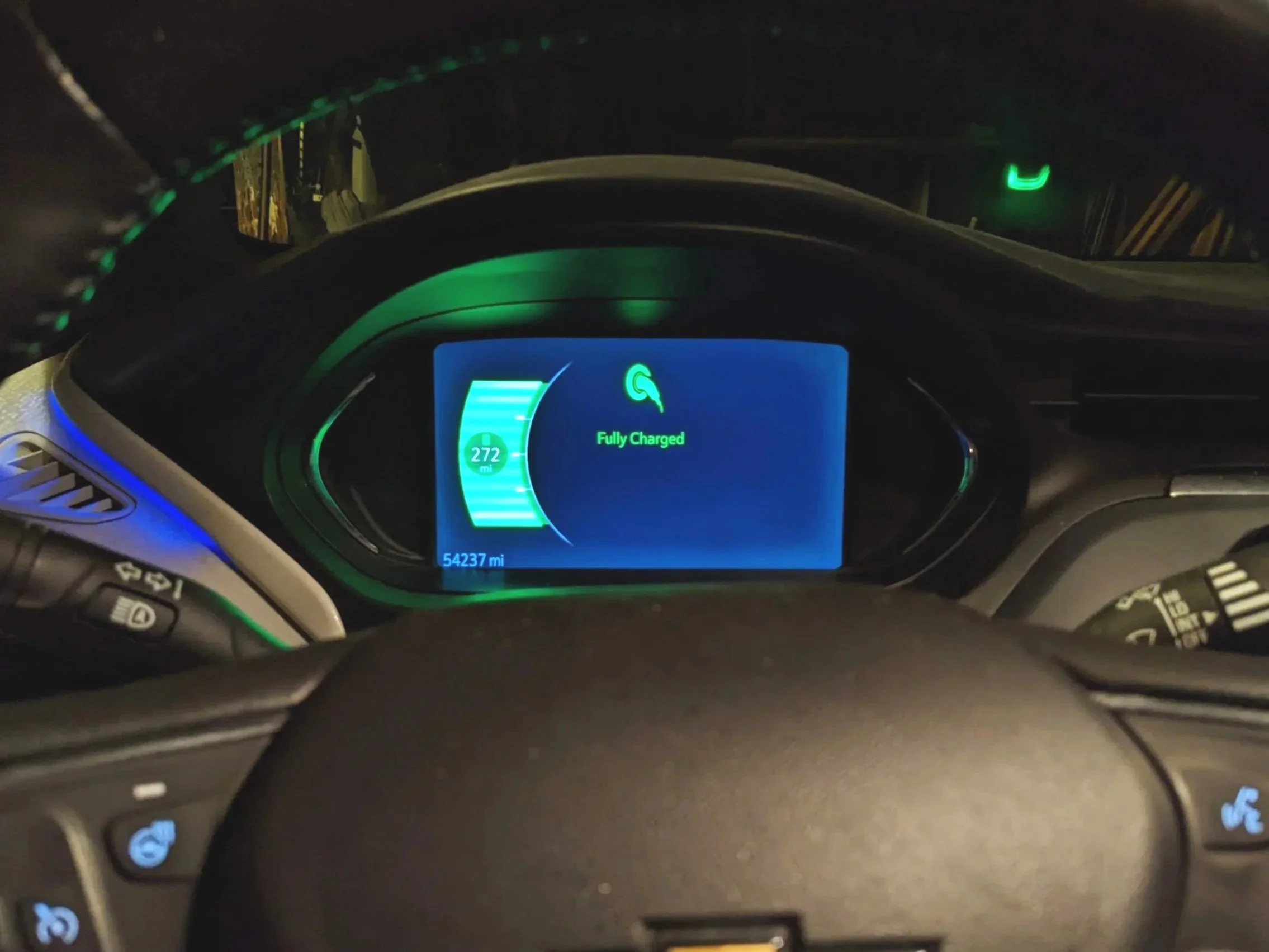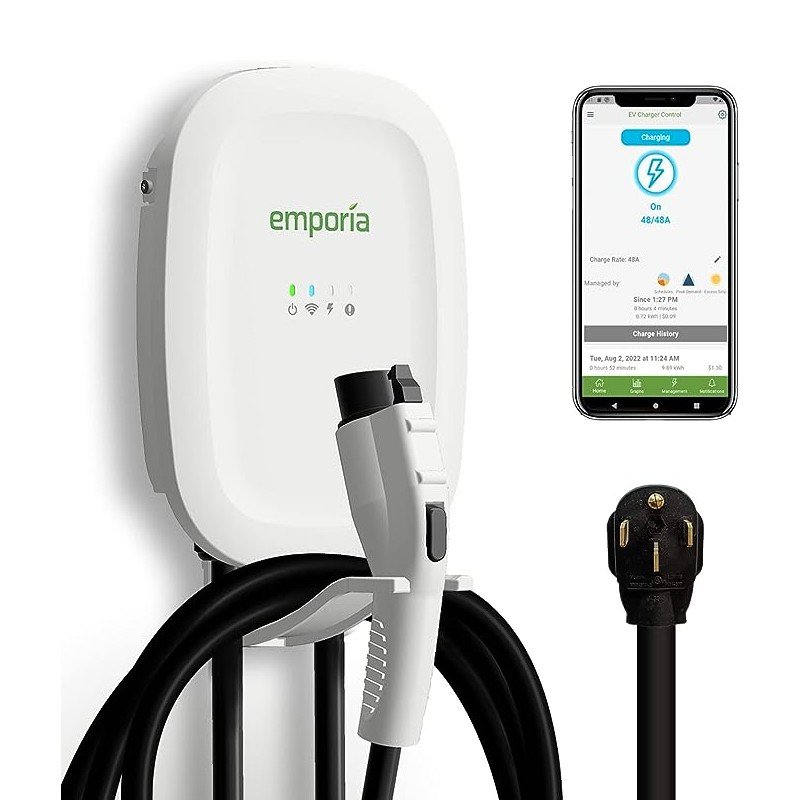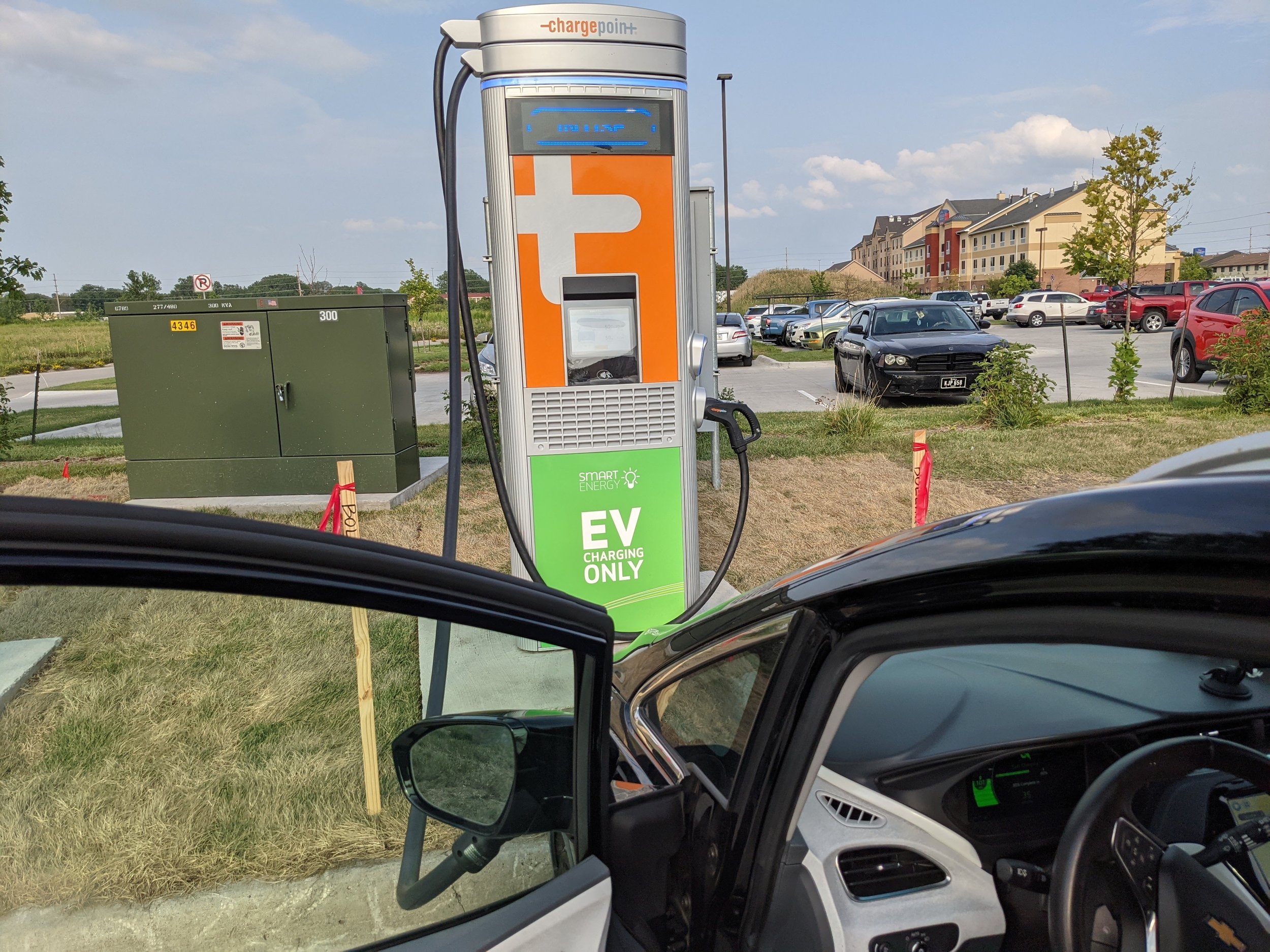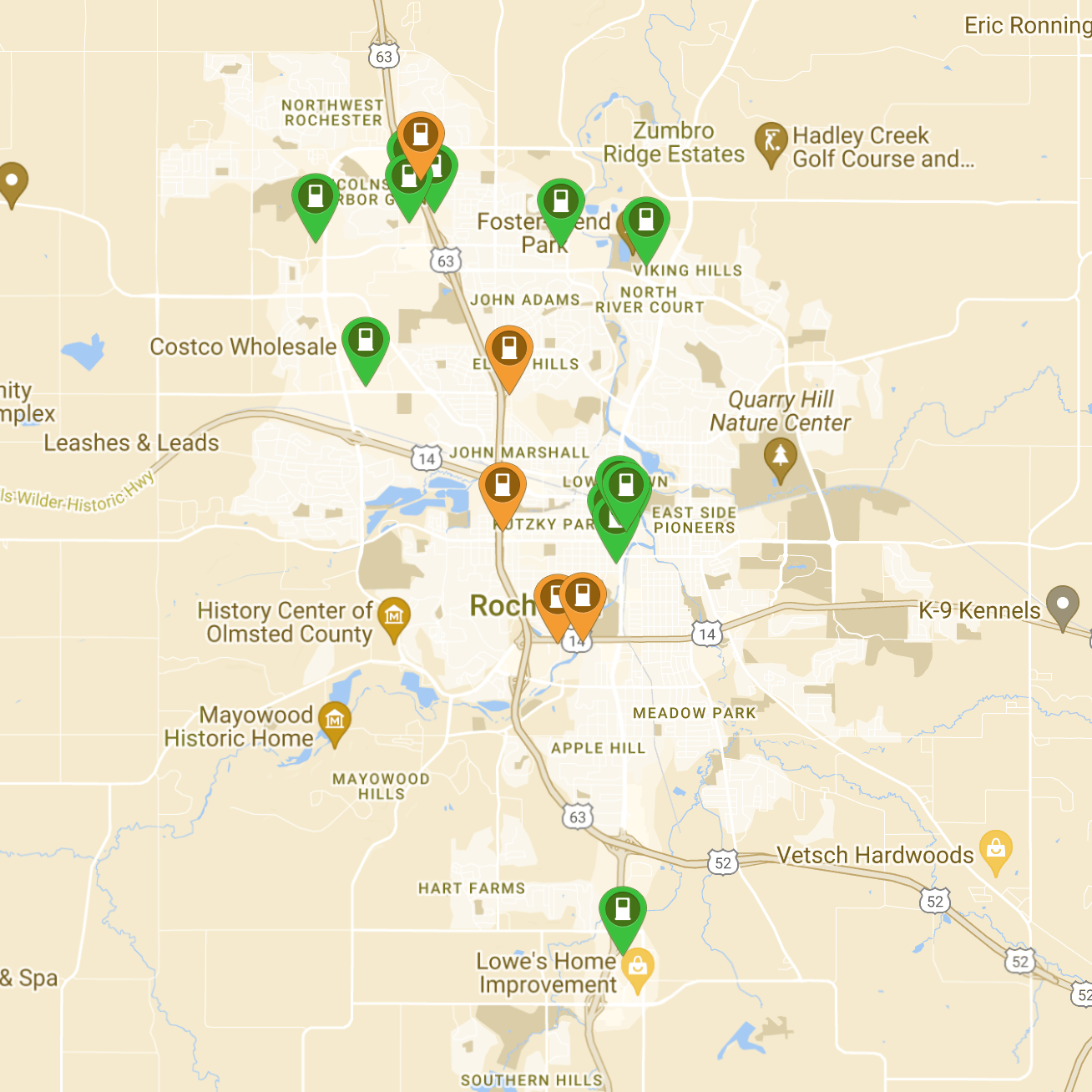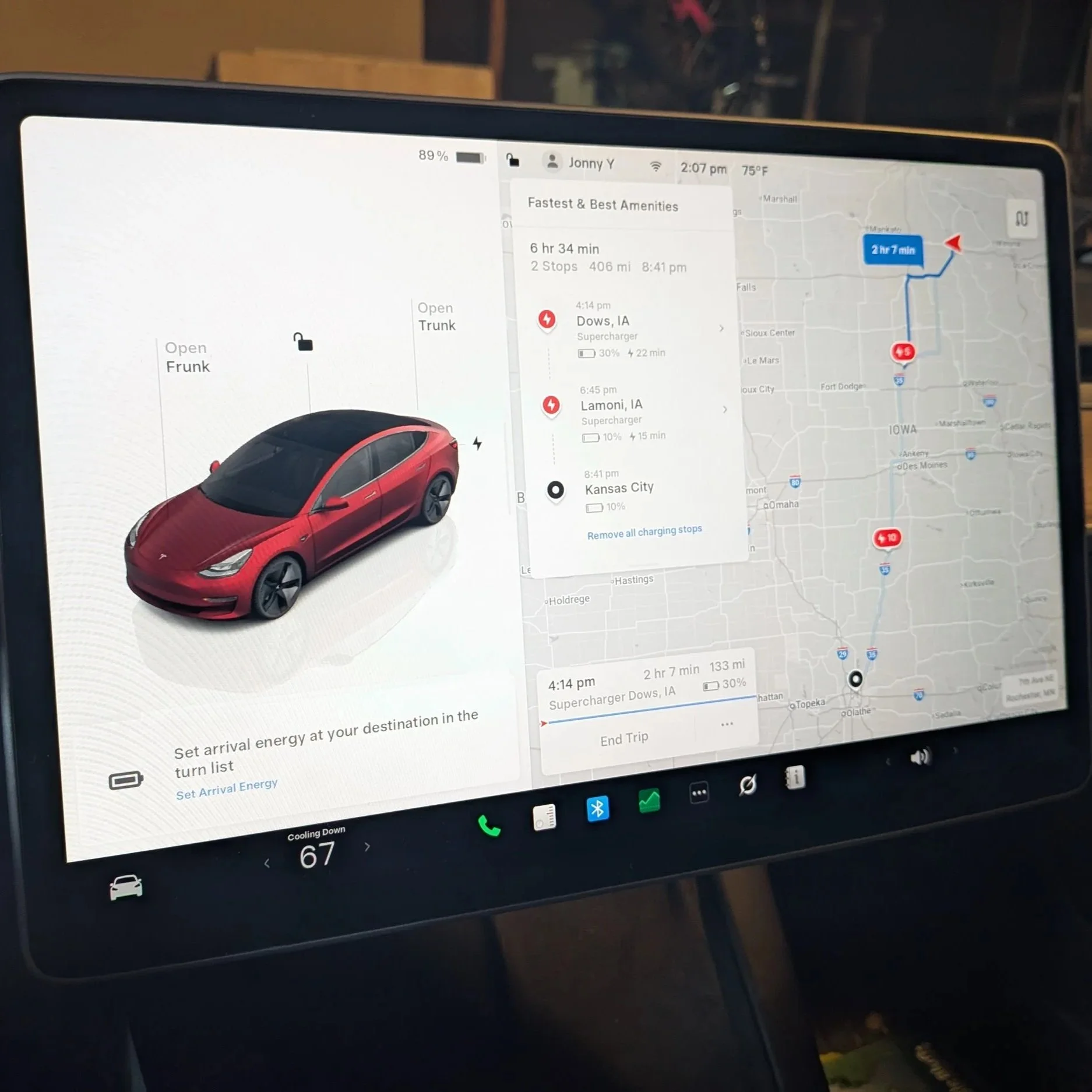Making the switch to an electric vehicle (EV) is exciting and a little different than driving fully gas-powered cars. Whether you’re considering your first EV or already own one, understanding the basics of range, charging, and ownership will help you feel confident driving electric.
Electric Vehicle Basics
BEV vs. PHEV
Battery Electric Vehicles (BEVs)
Also known as fully-electric vehicles, these vehicles are 100% electric, powered only by a battery. Zero gas, zero tailpipe emissions.
Plug-in Hybrid Electric Vehicles (PHEVs)
Plug-in Hybrids combine an electric battery with a gasoline engine. You can drive on purely electric for 20-40 miles, with a gas engine for longer drives.
Range
EVs vary in how far they can travel on a single charge. Most modern models offer 200–300 miles of range, while some reach over 400 miles. Daily commuting and errands often use only a fraction of this.
Total range can be affected by the same things that affect gas vehicle range such as wind resistance, temperatures, hills, driving habits, etc. Electric vehicles also have the ability to put some energy back to the battery while braking converting kinetic energy to electricity. This is called regenerative braking.
Charge Port & Speed
Not all EVs charge at the same rate. Charging depends on your vehicle’s battery, the charging equipment, and the power source.
Level 1 / Trickle Charging
Uses a regular household outlet (120V).
Adds ~3-5 miles of range per hour.
Level 2 Charging
Requires a 240V outlet or power source.
Adds ~20-40 miles of range per hour.
Fast Charging (DCFC)
Public chargers typically used for traveling.
Adds 100-200+ miles in ~15-30 minutes.
Connectors & Plugs
Non-Tesla Electric Vehicles
Level 1 & 2: J1772
Fast Charging: CCS
Tesla
NACS for Level 1, Level 2 & Fast Charging
Adaptors & Changes
The auto industry is transitioning to NACS becoming the standard for all electric vehicles in North America. This transition will likely take years.
Until that transition is complete, there are adaptors available for most connections, but not all connections are available. It is recommended to utilize adaptors available from manufacturers vs. 3rd party adaptors to ensure safety. Check your vehicle information and charger you plan to visit.
Battery Warranty
EV batteries usually carry a 8 year / 100,000 mile warranty, giving peace of mind about longevity and reliability.
Where to Purchase
Local Dealerships
Find EVs for sale in the Rochester, MN area
Direct Purchase Online
Charging at Home
Options
Level 1 Charger
These chargers comes with most EVs and plug into a standard outlet (120V).
They are slow but convenient for light daily driving and traveling.
Level 2 Charger
These chargers require installation and need 240V power but offer faster charging.
Home Charger Planning Tips
Typically a single Level 2 charger can cover home charging needs of the majority of multi-EV households.
Place the charger where the cord is long enough to can reach both car’s charge ports.
Visit here to download a guide or request and installation estimate
Charging While Traveling
Charging Options
Travel Chargers
Your travel charger offers the easiest way to plug in at a location away from home.
This may be Level 1 charging with some having options for Level 2
Level 2 Stations
Some hotels offer on-site level 2 chargers for charging overnight
Chargers may also be available near restaurants or places you plan to say for longer periods.
Fast Charging Stations
Fast chargers may be your typical charging while traveling.
Helpful Apps
Native Vehicle Navigation
Most modern EVs integrate chargers directly into route planning.
Where to Learn More
Community Education EV Classes
We lead free EV community ed classes in the Spring and Fall.
Rochester Electrified Home & Vehicle Show
This free annual event is offered as a way to learn about and find electric vehicles as well as your home and outdoor tools.


